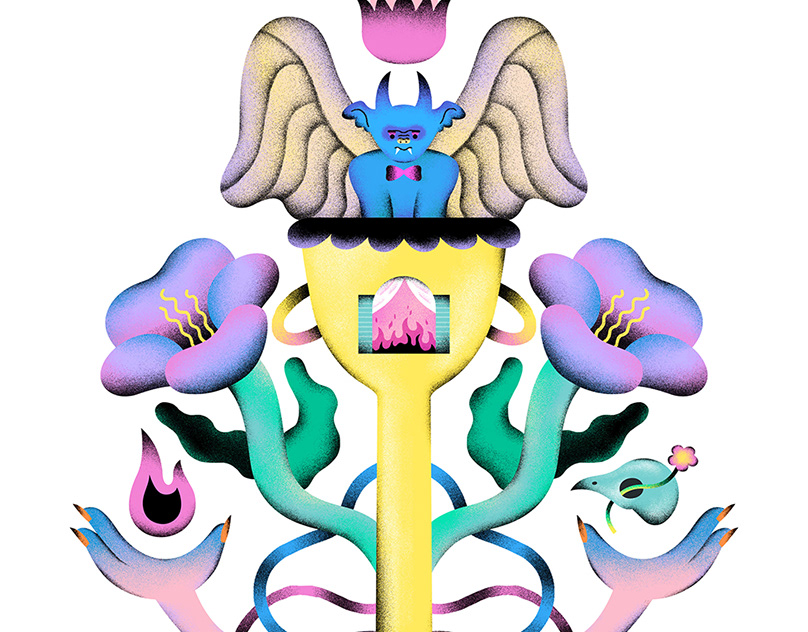
The 24 Solar Terms Poster Series
The 24 solar terms are part of the traditional Chinese calendar and agricultural civilization. The ancient Chinese divided the sun's annual circular motion into 24 segments. Each segment was called a ‘Jie qi’ or solar term, which was used to guide agricultural affairs and farming activities. However, when it comes to the connections between solar terms and agriculture, modern people away from nature might not have a clear appreciation and have no exposure to experiencing the impact of changes in solar terms on farming and crop growth. While the solar terms still play important roles and have greatly influenced people's basic needs in life, particularly in food. Oatysis, as an enterprise deeply engaged in the field of grain food, has presented 24 posters with Bright Woo Studio to promote the Chinese traditional solar term culture and lead people to pay more attention to agricultural production.
A total of 24 Illustrated typography posters were designed to represent the core contents of different solar terms. I attempted to present Chinese characters in an entirely new and informative manner. By combining pictorial storytelling and the inherent meaning of the characters themselves, each expresses the Solar Terms' climate, phenological features, agricultural production behavior as well as ancient poetry of the solar terms. Each poster consists of two graphic characters inspired by the style of traditional Chinese ink painting and brush calligraphy, featuring both recognizability and decorativeness as well as profound significance.
The solar terms are: Beginning of Spring, Rain Water, Insects Awakening, Spring Equinox, Pure Brightness, Grain Rain, Beginning of Summer, Lesser Fullness of Grain, Grain in Ear, Summer Solstice, Slight Heat, Major Heat, Beginning of Autumn, End of Heat, White Dew, Autumnal Equinox, Cold Dew, First Frost, Beginning of Winter, Light Snow, Heavy Snow, Winter Solstice, Minor Cold, and Major Cold.
—————————————————————————————————————————————————————————————
The designs and projects are shared for your enjoyment and personal inspiration ONLY. Under no circumstance may you download, reproduce, publish or distribute elsewhere, in any medium, any of the images for commercial purpose. Any unauthorised reproduction or copying of the products or images featured on my Behance, Instagram, Facebook, Pinterest and belonging to Bright Woo may result in legal action.
You may request permission to use the copyright materials by contacting bright.woo@wangwai.cc
温馨提示:此系列海报为商业作品,且全套24幅作品均已获得中国国家版权局颁发的美术作品著作权登记证书,受《中华人民共和国著作权法》保护,任何对于此作品的侵权行为,我方都将坚决追究其法律责任。




立春, Beginning of Spring, the 1st Chinese Solar Term, February 4, 2022. The beginning of Spring lifts the curtain of spring. After that everything regains its vitality and nature have become colorful.

雨水, Rain Water, the 2nd Chinese Solar Term, February 19, 2022. In early spring, continuous drizzle moistens everything, the plants began to sprout, and the world becomes green and vibrant.
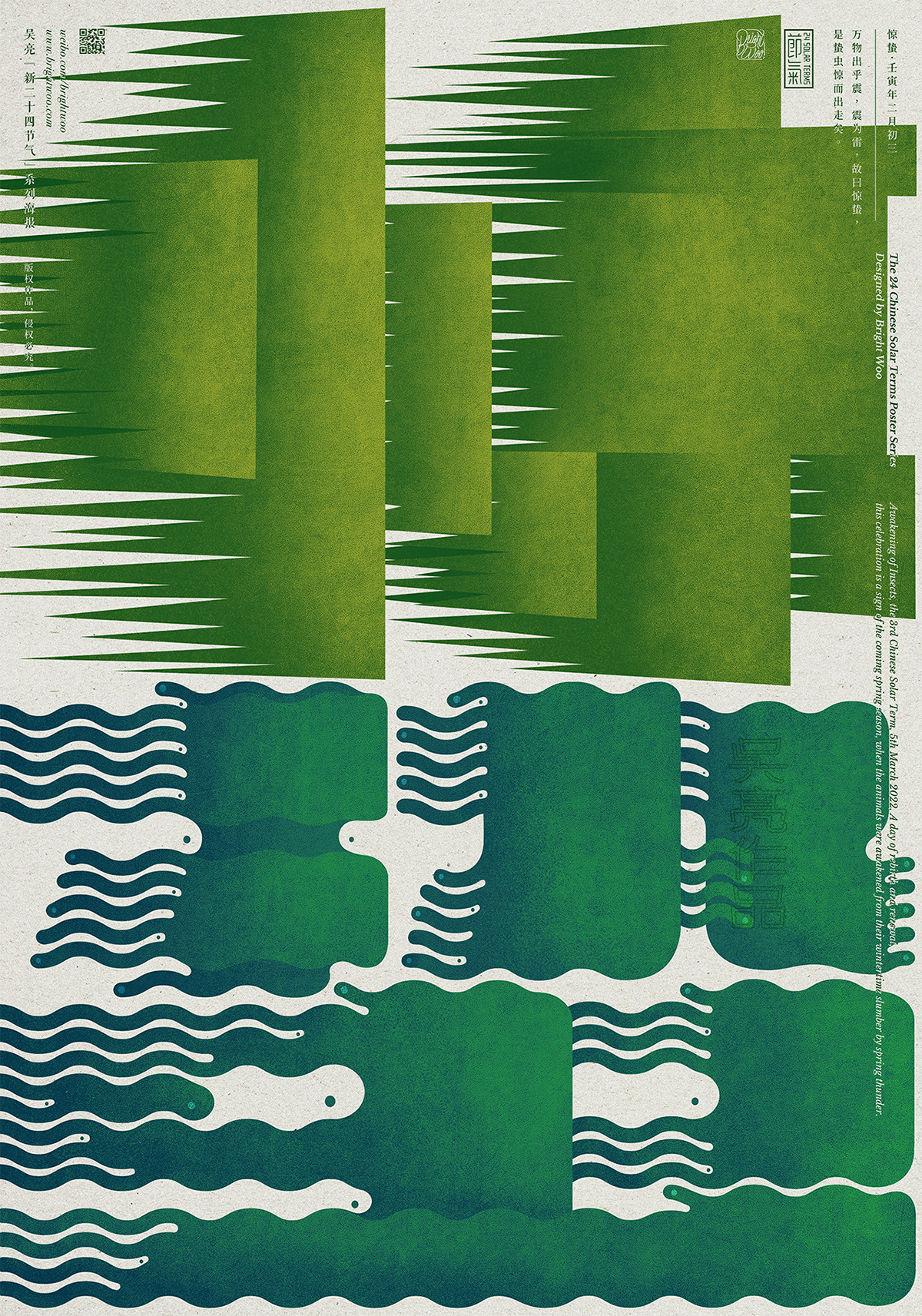
惊蛰, The 3rd Chinese Solar Term, March 5, 2022. This solar term is a sign of rebirth and renewal, animals and insects were awakened from their wintertime slumber by spring thunder booming.

春分, Spring Equinox, the 4th Chinese Solar Term, March 20, 2022. This day is one of the two times in a year when night and day are of equal length. As the Chinese old saying goes, on the day, swallows fly back to the north from the south, Yin and Yang are balanced.
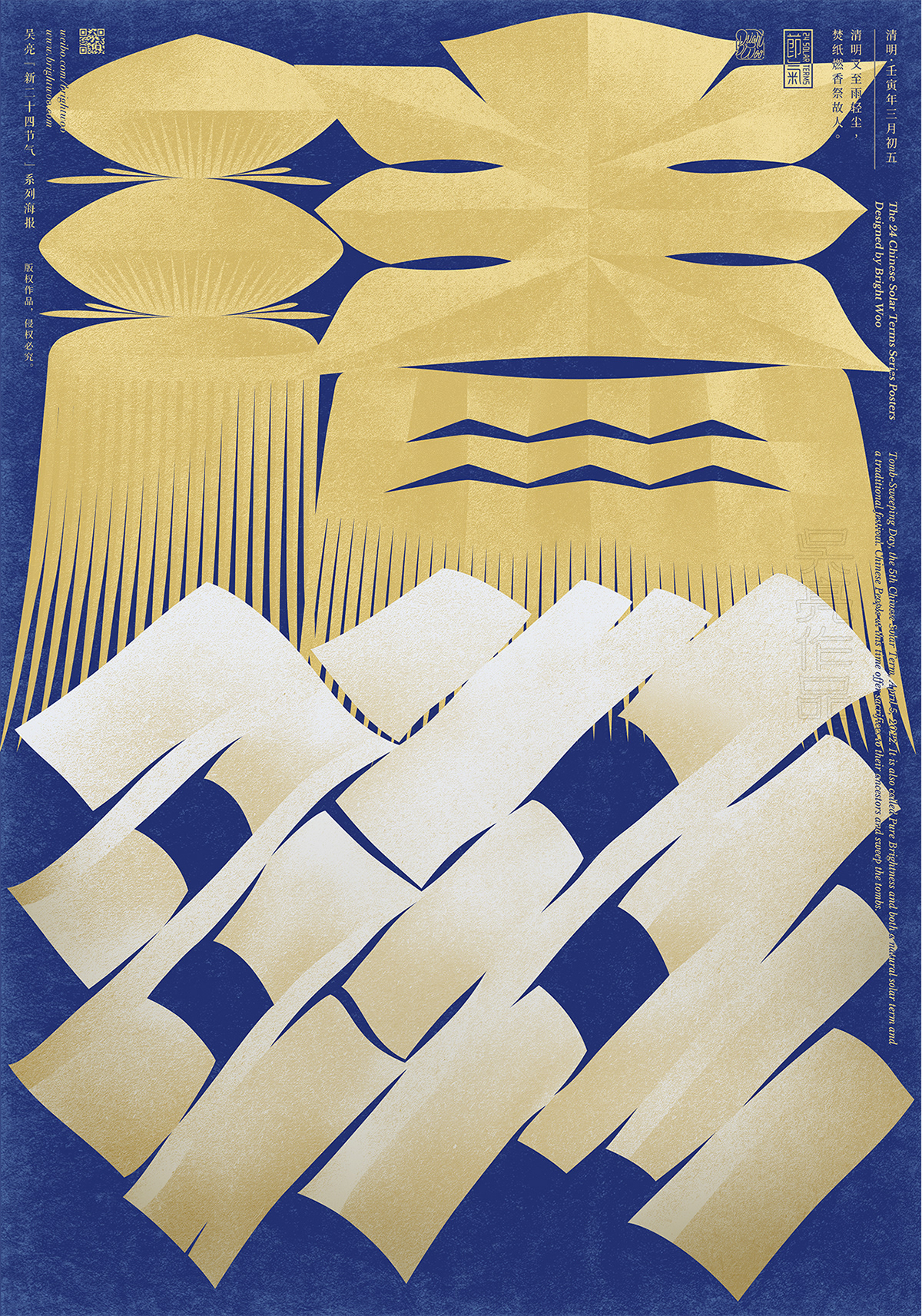
清明, Pure Brightness, the 5th Chinese Solar Term, April 5, 2022. It is both a natural solar term and a traditional festival. Chinese People at this time offer sacrifices to their ancestors and sweep the tombs.
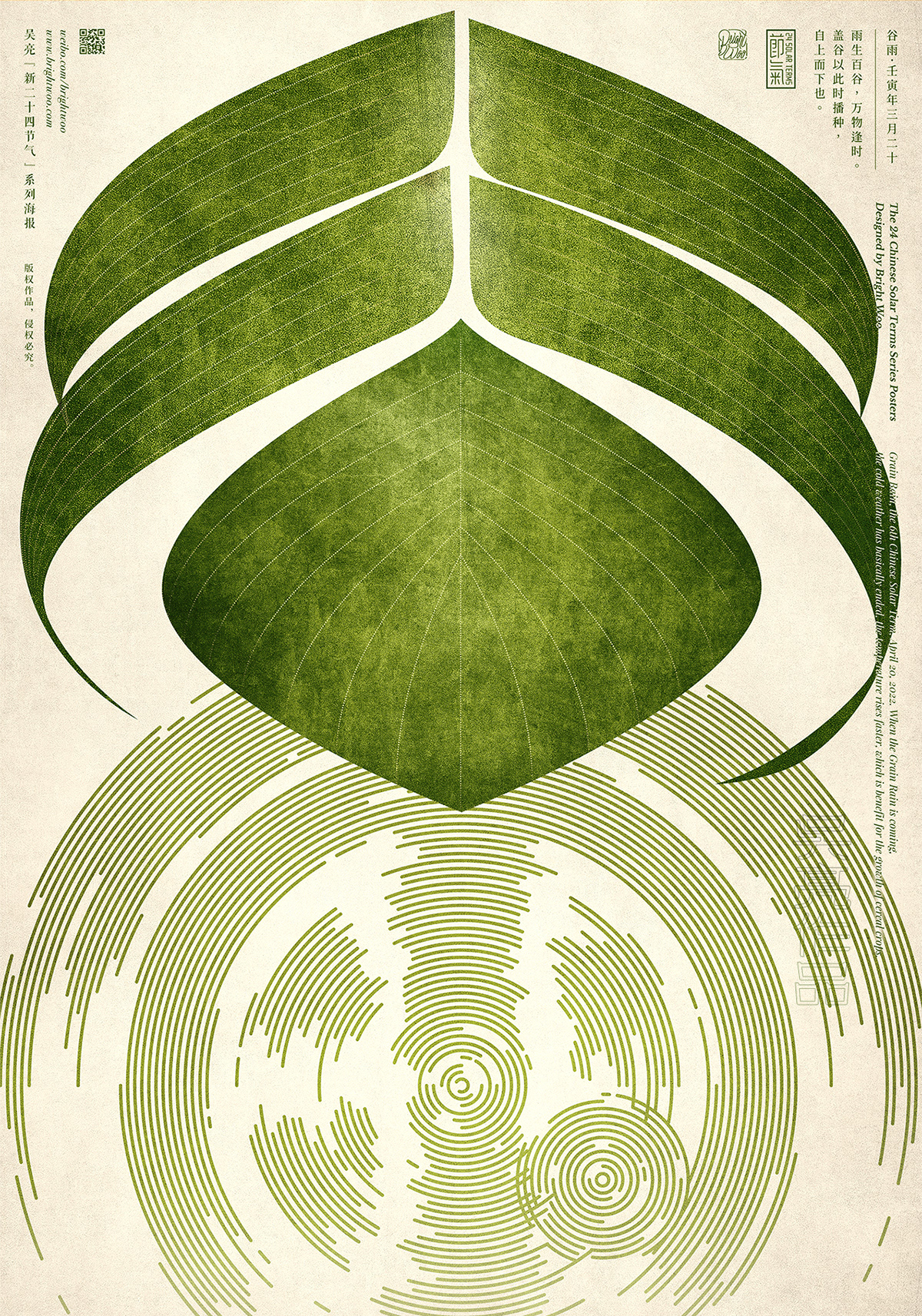
谷雨, Grain Rain, the 6th Chinese Solar Term, April 20, 2022. When the Grain Rain is coming, the cold weather has basically ended, and the temperature rises faster, which is beneficial for the growth of cereal crops.

立夏, Beginning of Summer, the 7th Chinese Solar Term, May 5, 2022. This solar term marks the coming of summer. During this period, all things of creation are flourishing. There are luxuriant trees and blooming flowers everywhere.

小满, Lesser Fullness of Grain, the 8th Chinese Solar Term, May 21, 2022. The wheat has grown full, but it is still green and immature, with high water requirements during this period. Adequate irrigation needs to be maintained.

芒种, Grain in Ear, the 9th Chinese Solar Term, June 6, 2022. During this period, barley and wheat mature and wait to be harvested, while rice seedling has to be transplanted. Once the period passes, it will be no use planting.
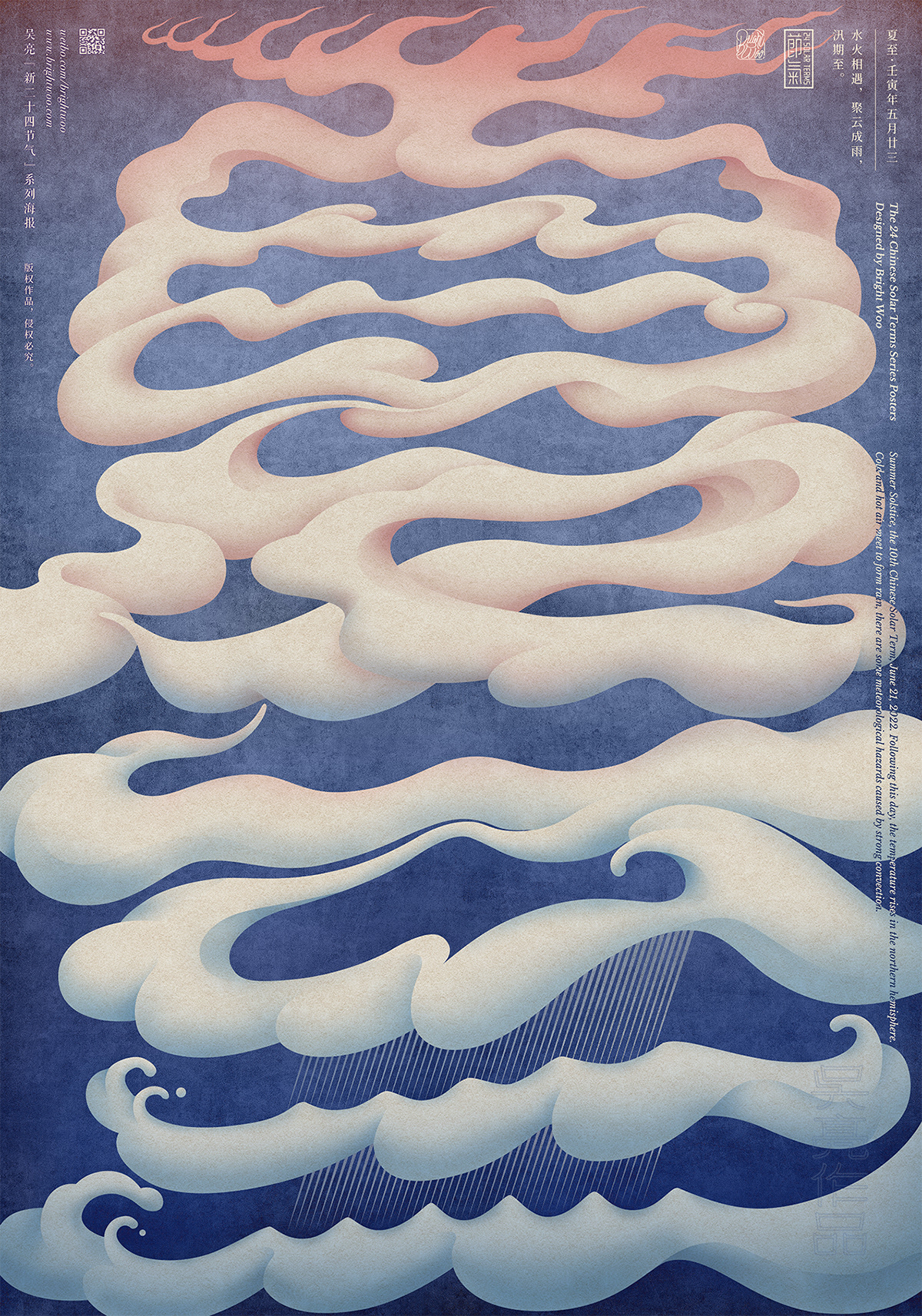
夏至, Summer Solstice, the 10th Chinese Solar Term, June 21, 2022. Following this day, the temperature rises in the northern hemisphere. Cold and hot air meet to form storms, and there are some meteorological hazards caused by strong convection. Flood prevention is required.
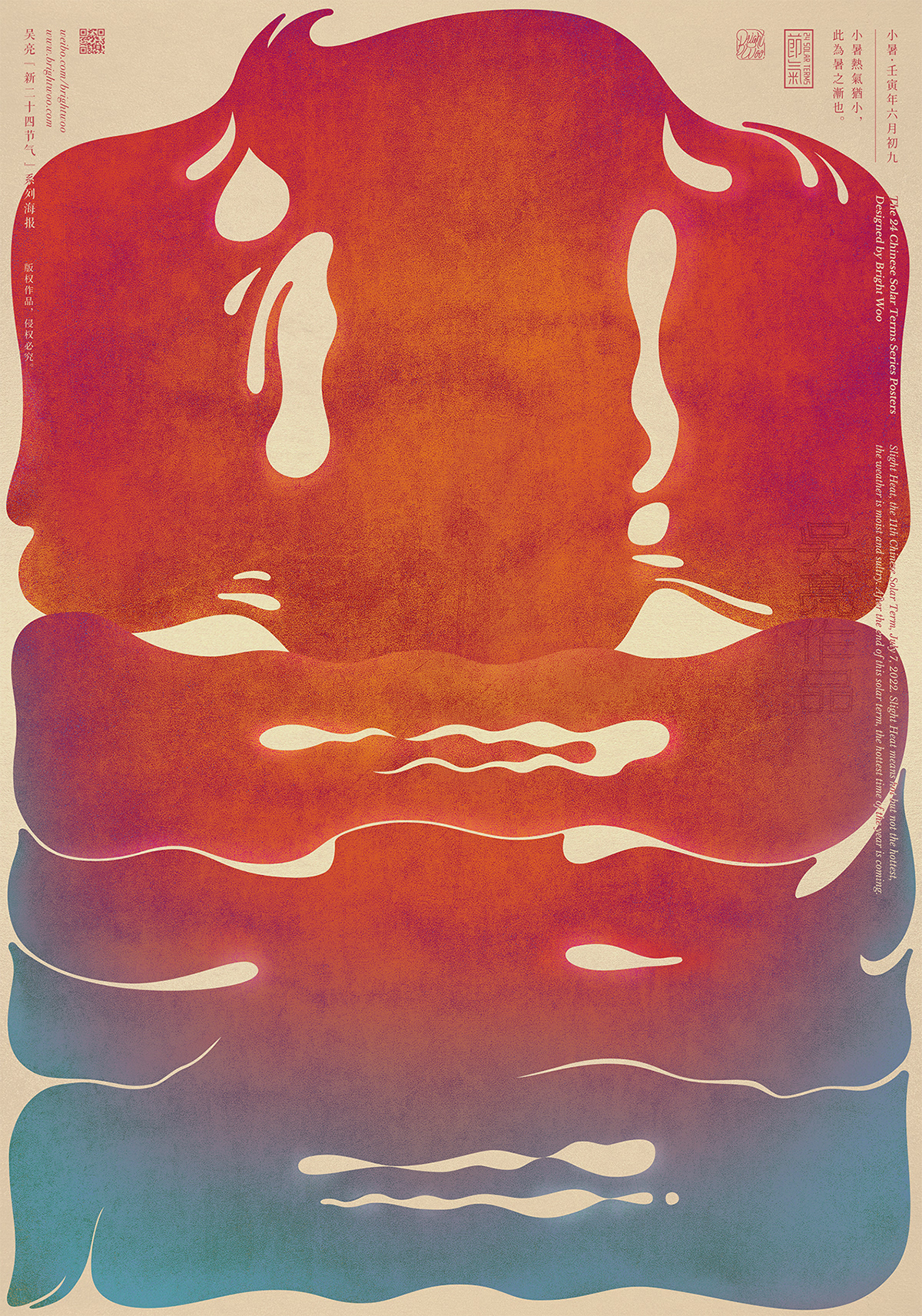
小暑, Slight Heat, the 11th Chinese Solar Term, July 7, 2022. Slight Heat means hot but not the hottest, the weather is moist and sultry. After the end of this solar term, the hottest time of the year is coming.
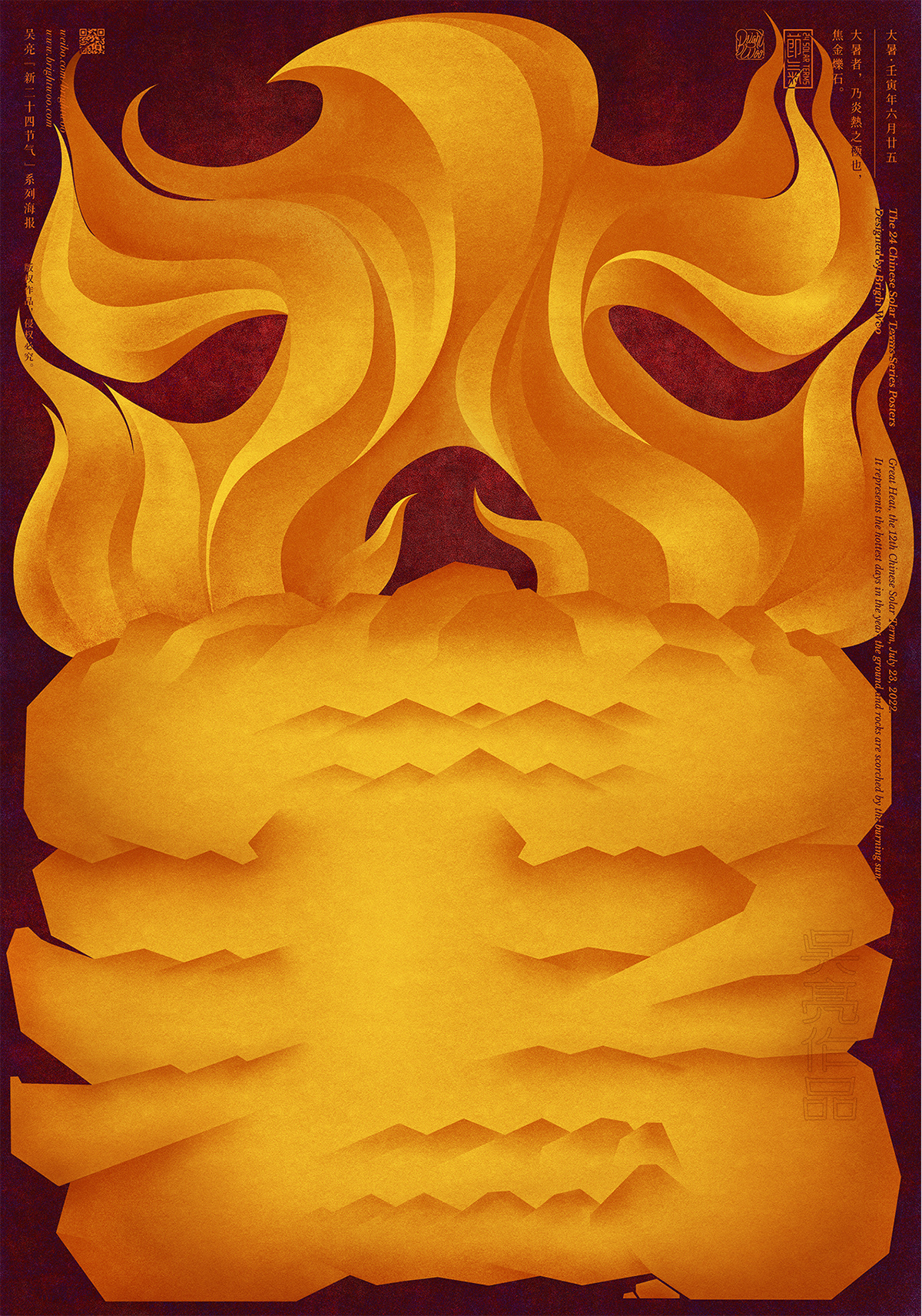
大暑, Major Heat, the 12th Chinese Solar Term, July 23, 2022. It represents the hottest days of the year, the ground and rocks are scorched by the burning sun.

立秋, Beginning of Autumn, the 13th Chinese Solar Term, August 7, 2022. Accompanied by the autumn wind blowing gently, the paddy rice has turned yellow, and some of the trees were beginning to shed their leaves.

处暑, End of Heat, the 14th Chinese Solar Term, August 23, 2022. It generally indicates that the hot weather is leaving and coolness is coming. The red earth is gradually cooling, but in South China, autumn is late in coming.

白露, White Dew, the 15th Chinese Solar Term, September 7, 2022. During White Dew period, wild geese begin to migrate to the south. The temperature declines gradually and vapors in the air often condense into white dew on the grass.

秋分, Autumn Equinox, the 16th Chinese Solar Term, September 23, 2022. Wang Wei, a poet of China's Tang Dynasty, wrote a poem about Autumn Equinox, “After fresh rain in mountains bare; Autumn permeates evening air. Among pine-trees bright moonbeams peer; O'er crystal stones flows water clear.”
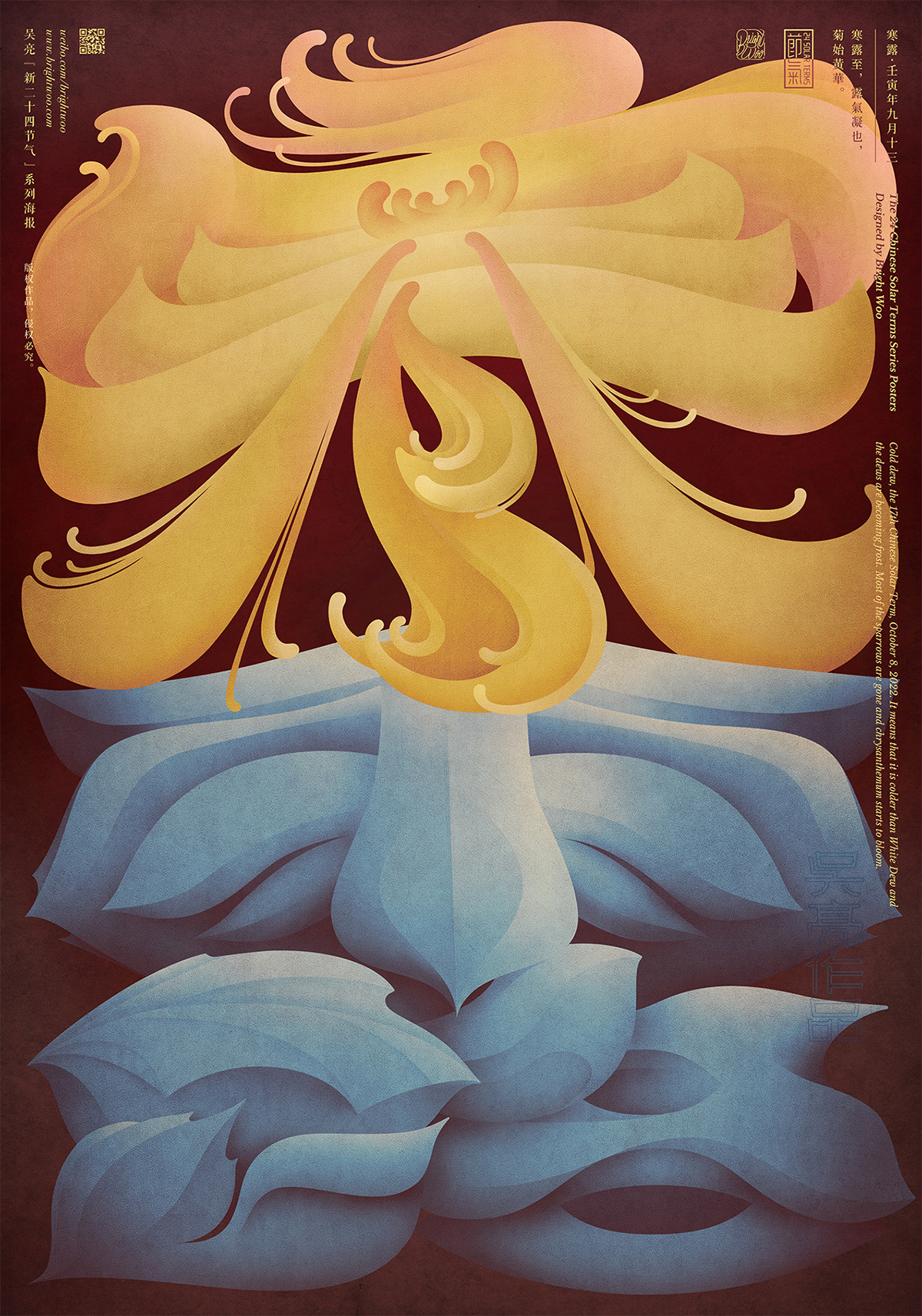
寒露, Cold Dew, the 17th Chinese Solar Term, October 8, 2022. It means that it is colder than White Dew and the dews are becoming frost. Most of the sparrows are gone and chrysanthemum starts to bloom.
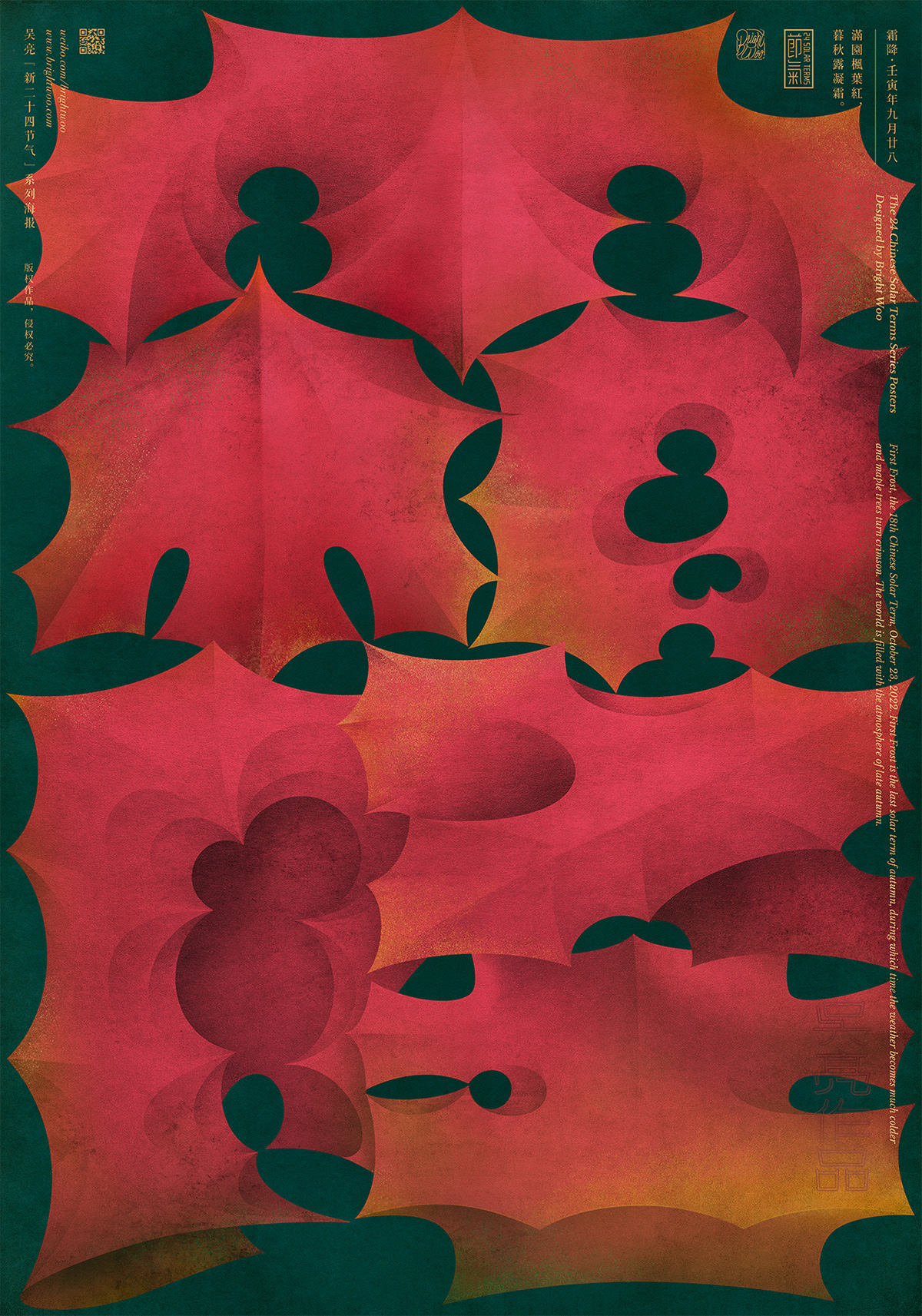
霜降, First Frost, the 18th Chinese Solar Term, October 23, 2022. First Frost is the last solar term of autumn, during which time the weather becomes much colder and maple trees turn crimson. The world is filled with the atmosphere of late autumn.
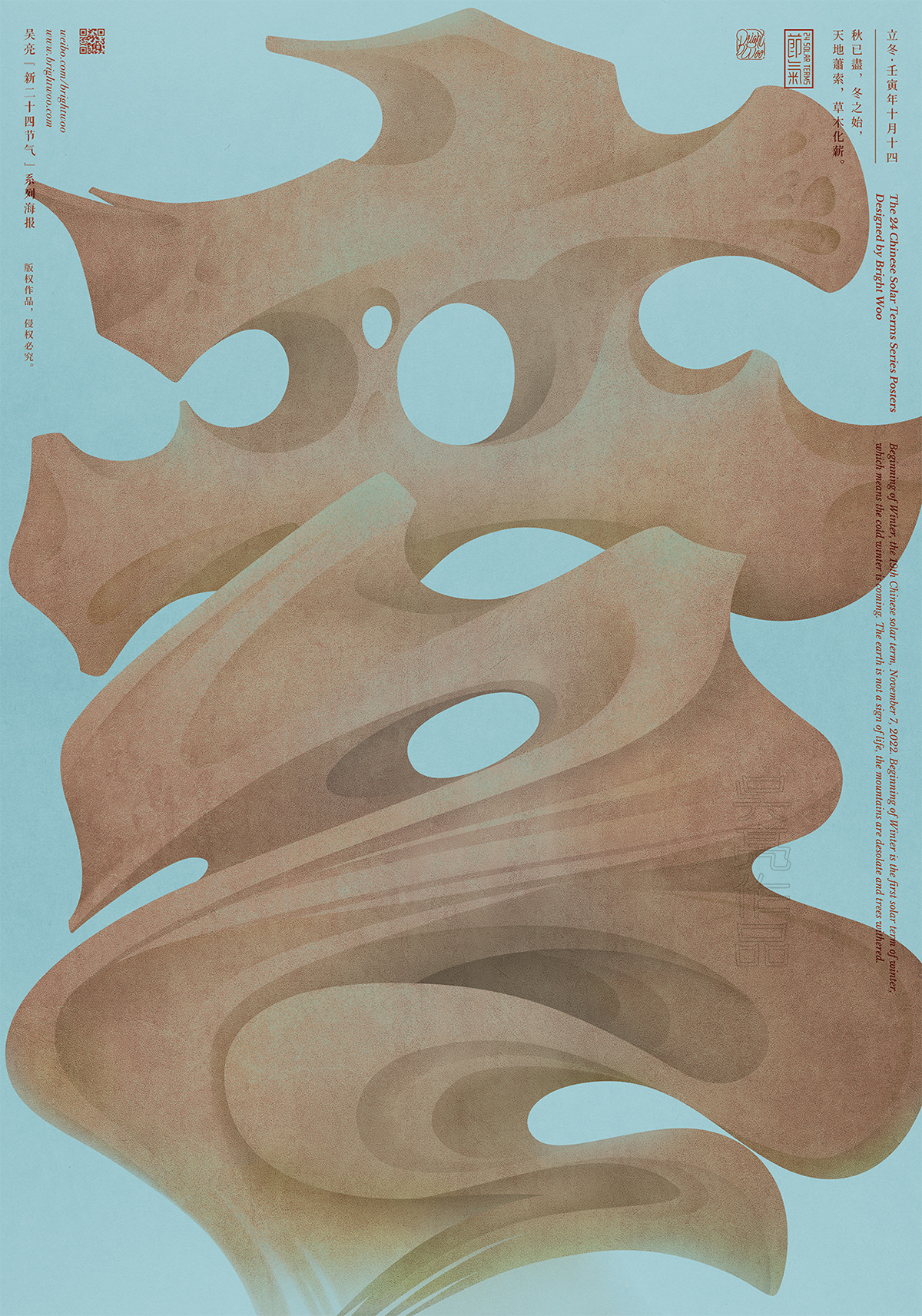
立冬, Beginning of Winter, the 19th Chinese Solar Term, November 7, 2022. Beginning of Winter is the first solar term of winter, which means the cold winter is coming. The earth is not a sign of life, the mountains are desolate and trees withered.

小雪, Light Snow, The 20th Chinese Solar Term, November 22, 2022. During this period, snow begins to fall, the weather becomes cold. While the earth is not frozen enough and the snow is light.

大雪, Heavy Snow, the 21st Chinese Solar Term, December 7, 2022. During Greater Snow, the snow becomes heavy and begins to accumulate on the ground. The temperature drops significantly.

冬至, Winter Solstice, the 22nd Chinese Solar Term, December 22, 2022. Winter solstice is the shortest day of the year. There is magnificent snow scenery as far as the eye can see as if the whole world is made of silver to decorate.

小寒, Minor Cold, the 23rd Chinese Solar Term, January 5, 2023. During this time, the doors in the village were all shut, and snow sealed the mountain passes. In southern China, the coldest time is after this solar term, but in northern China, it is more wintry in Lesser Cold than in Great Cold.
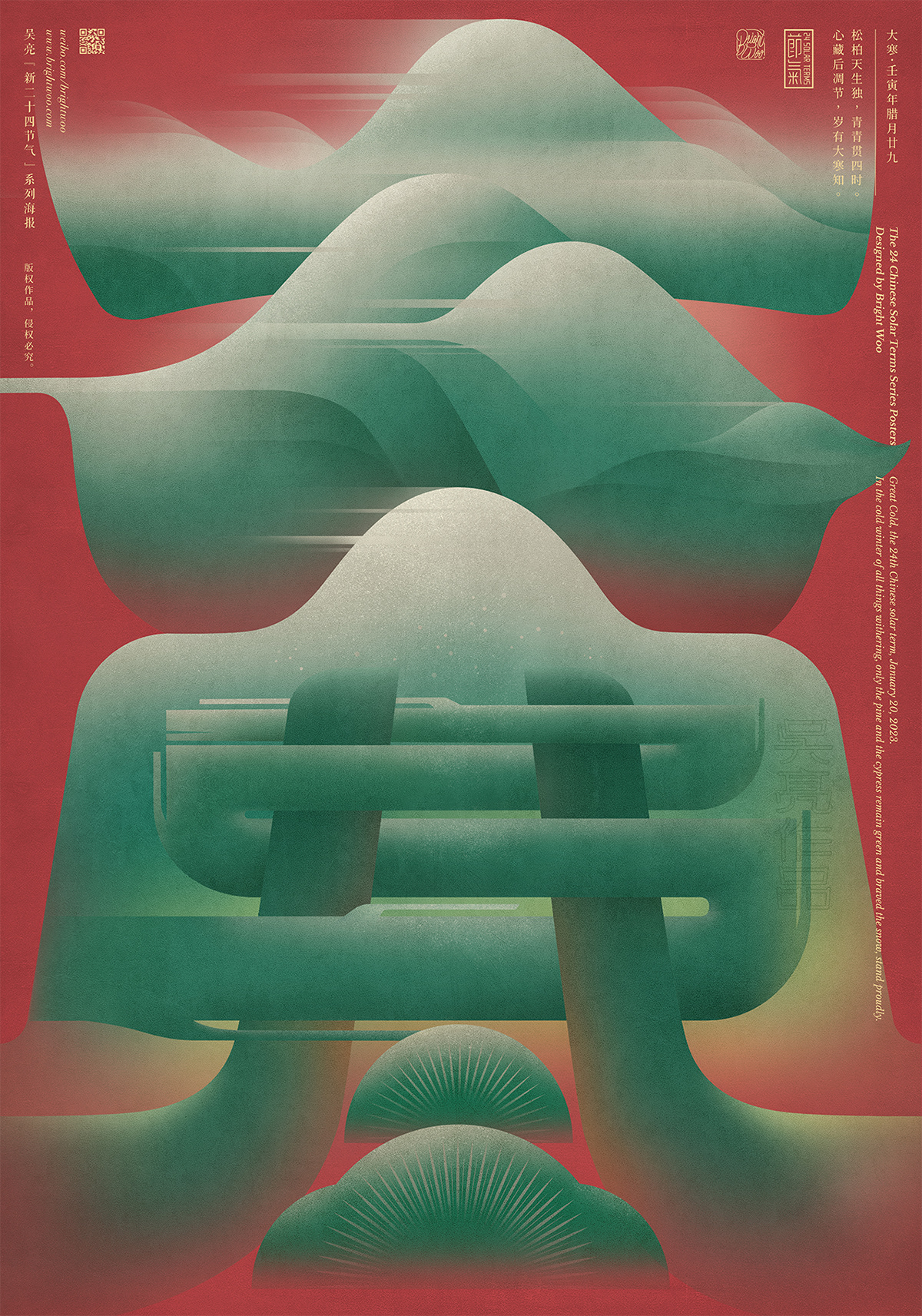
大寒, Major Cold, the 24th Chinese Solar Term, January 20, 2023. In the cold winter of all things withering, only the pine and the cypress remain green and braved the snow, stand proudly.

Thanks for scrolling




